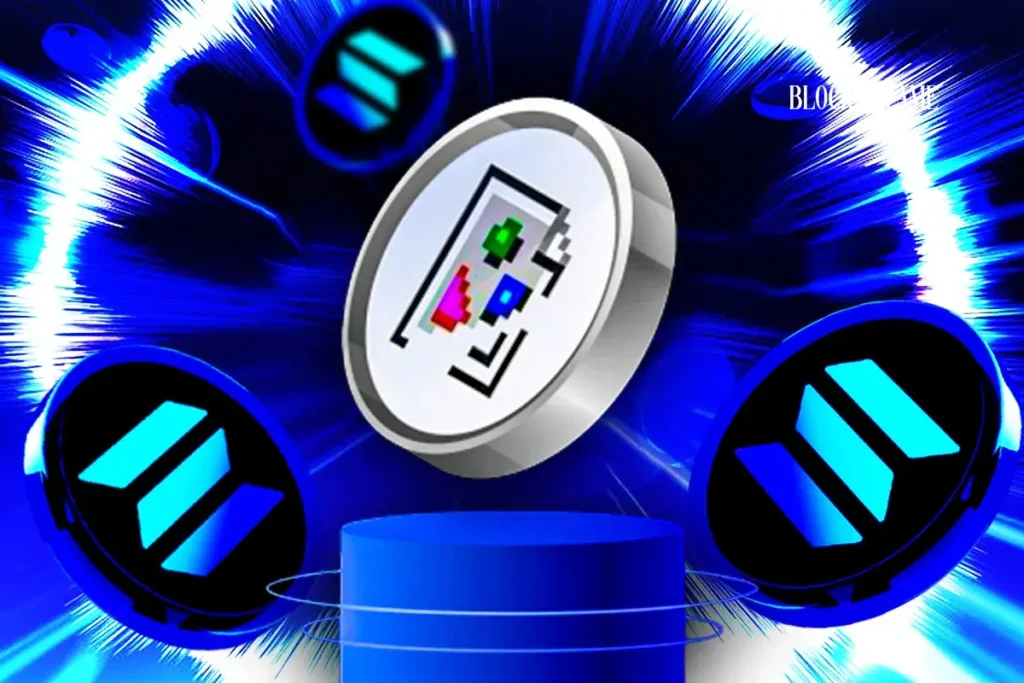DoubleZero: Revolutionizing Blockchain Connectivity
In the ever-evolving world of blockchain technology, conversations frequently focus on enhancing computational capabilities. However, Austin Federa, the former Head of Strategy at Solana Foundation, advocates a fundamental shift in this narrative. According to Federa, the true bottleneck for blockchains lies not in computation or faster nodes but rather in the internet that connects their validators. After departing Solana in 2024, he established DoubleZero, a groundbreaking project aimed at creating a robust network essential for blockchain functionality. Instead of falling into the trap of developing traditional Layer 1 or 2 solutions, DoubleZero is crafting what can be termed a Layer 0.5 solution—focusing on bandwidth and connectivity.
The Crucial Role of Latency in Blockchain
In the blockchain ecosystem, latency can translate to monetary gain or loss. Validators with swifter message propagation can reap greater rewards, traders who experience faster transaction settlements can secure lucrative opportunities, and RPC (Remote Procedure Call) providers with reduced packet loss can cultivate a loyal customer base. Historically, high-frequency trading (HFT) firms have engaged in "latency wars," investing heavily in network optimization. Now, DoubleZero is democratizing this concept for the crypto landscape, offering an open-source, permissionless network that’s resilient against censorship. Notably, major players like Google, Amazon, and private trading firms have long invested substantial resources to develop private fiber networks for marginal gains in latency—demonstrating that if such significant entities are wary of the public internet, then blockchain applications should be too.
Building a Low-Latency Ecosystem
DoubleZero is designing a blockchain-coordinated marketplace where existing fiber owners can contribute their bandwidth. This initiative aims to create a censorship-resistant, liquidity-based bandwidth network tailored for minimal latency and optimized for validator throughput. Remarkably, in less than a week after its mainnet launch, a significant 20% of Solana’s total staked assets—over 250 validators across more than 25 cities—have already begun utilizing DoubleZero’s network. Reports suggest that the speed on DoubleZero routes is markedly superior to conventional public internet pathways, as the routing is meticulously structured for specialized, purpose-driven use rather than general browsing needs.
Towards a Decentralized Internet
Although the concept of a "decentralized web" has gained traction, the reality is that it continues to rely heavily on centralized infrastructure controlled by a handful of telecom giants. The current landscape means that all participants in the crypto domain—from dApps and wallets to validators—are fundamentally connected through the public internet, which remains under the control of a few large entities. These organizations can exert considerable power over access, as demonstrated when Afghanistan recently blocked many Ethereum users from utilizing the network. In contrast, DoubleZero’s parallel internet seeks to overcome this limitation. By facilitating contributions from independent fiber owners, it forms a robust mesh network independent of large telecom corporations, providing a necessary alternative to the unreliable nature of public internet services.
A Fallback Layer for Resilience
The insightful vision articulated by Austin Federa outlines how internet infrastructure, which has historically been optimized for video streaming and general web usage, fails to address the specific needs of blockchain validators and decentralized applications. For instance, Ethereum validators based in regions with restricted internet access, such as Afghanistan, could potentially transition from local, state-controlled ISPs to DoubleZero’s fiber network, which draws on contributions from providers in countries like Dubai, India, Europe, and Turkey. Thus, even in scenarios where government control impedes access to standard ISPs, the cross-border private fiber links created within the DoubleZero network remain intact. This system would afford blockchain applications and their users a critical lifeline—a decentralized, crypto-native internet backbone capable of operating independently of traditional telecommunications infrastructures.
The Need for a Dedicated Blockchain Infrastructure
The recent Ethereum outages in Afghanistan underscore the essential need for a resilient infrastructure tailored specifically for blockchain applications. Rather than merely enhancing existing networks, the focus should shift towards creating dedicated pathways designed explicitly to support decentralized transactions and applications. In essence, as traditional telecommunications fail to meet the specialized requirements of blockchain technology, DoubleZero aims to establish an ecosystem that provides secure, reliable, and rapid connectivity tailored for the decentralized future. This paradigm shift promotes not only enhanced speed but also the freedom from the constraints imposed by centralized telecommunications providers, paving the way for a truly decentralized and censorship-resistant internet.
Through these innovative steps, DoubleZero positions itself as a game-changer in the blockchain space, redefining connectivity and contributing to a more democratized internet that can withstand pressures from centralized authorities. As the landscape of technology continues to change, initiatives like DoubleZero highlight the critical intersection between connectivity and blockchain efficiency, setting the stage for the next phase in the evolution of decentralized networks.


